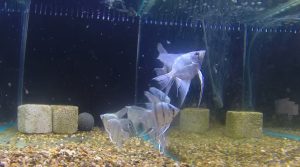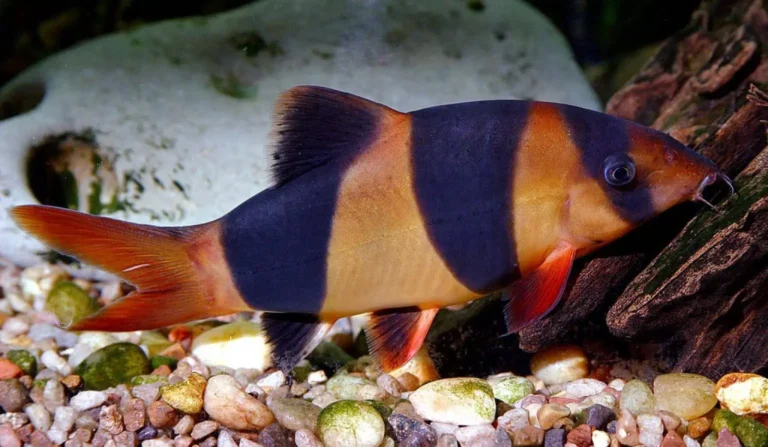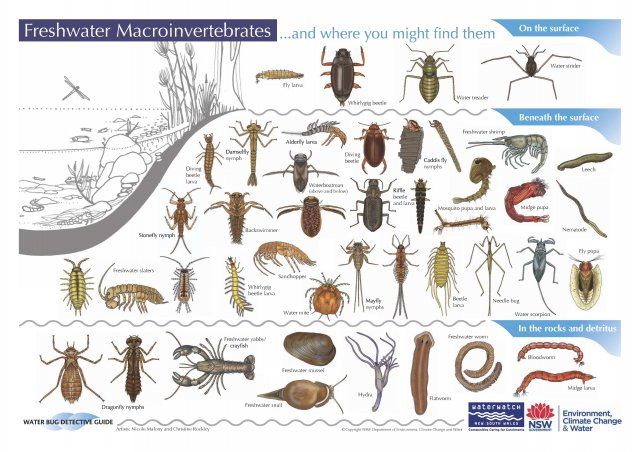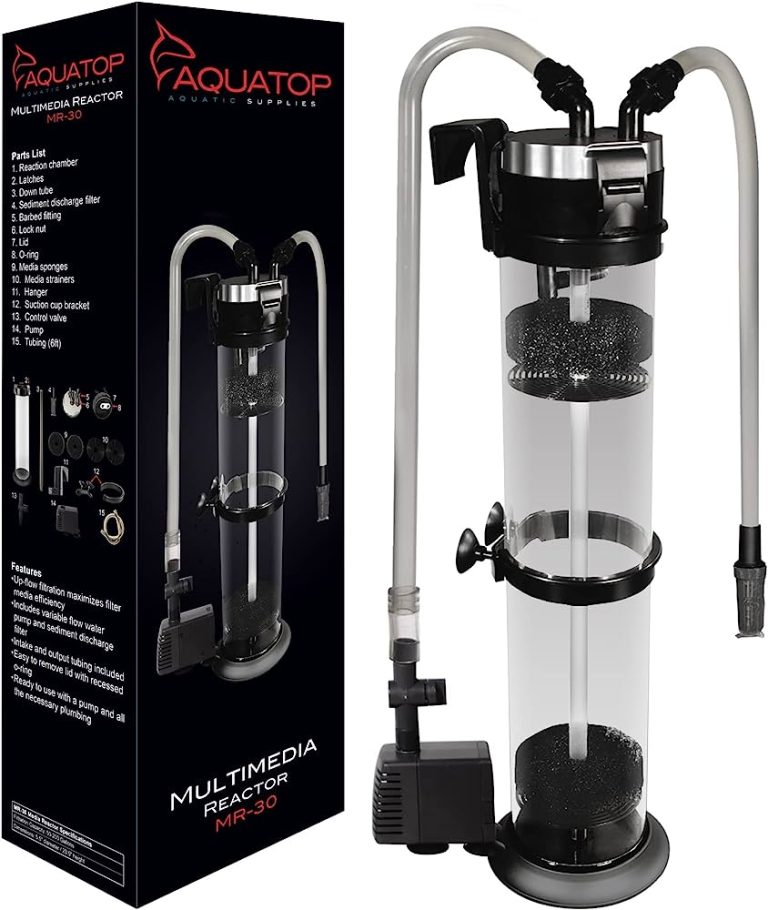Blue Sapphire Angelfish
Blue Sapphire Angelfish: Everything You Need to Know
The following article provides a comprehensive guide to blue sapphire angelfish, covering various aspects such as their appearance, habitat, care requirements, breeding, and more. So, if you’re looking to learn all about these stunning aquatic creatures, keep reading!
Angelfish are one of the most popular freshwater aquarium fish, cherished for their vibrant colors and graceful presence. Among the different types of angelfish, one variety that stands out is the blue sapphire angelfish. With its striking blue hue and shimmering scales, this fish is a true gem in the aquatic world. In this article, we will delve into the fascinating world of blue sapphire angelfish and explore everything you need to know about them.
Appearance: A Resplendent Gem
The blue sapphire angelfish, scientifically known as Pterophyllum scalare, is a unique variety that captivates with its stunning appearance. As the name suggests, these angelfish exhibit a beautiful blue coloration, reminiscent of the deep blue sapphire gemstone. Their opulent scales shimmer in various shades of blue, creating a truly mesmerizing effect. Additionally, their long, flowing dorsal and anal fins add to their regal allure.
Habitat: Natural Habitat and Distribution
Blue sapphire angelfish are native to the Amazon River basin in South America. They inhabit slow-moving rivers, flooded forests, and marshy areas. In the wild, these angelfish are accustomed to warm water temperatures that range between 76 to 84°F (24-29°C). It’s important to replicate their natural habitat as closely as possible in your aquarium to ensure their overall well-being.

Tank Requirements: Creating a Haven for Blue Sapphire Angelfish
To provide a comfortable home for your blue sapphire angelfish, it’s crucial to set up the right tank environment. Here are some key factors to consider:
1. Tank Size: Blue sapphire angelfish require a tank that is at least 30 gallons in size. A larger tank will provide them with more room to swim and explore.
2. Water Temperature and pH: Maintain a stable water temperature between 76 to 84°F (24-29°C), and a pH level between 6.0 and 7.0.
3. Tank Décor: Create a natural-looking habitat by incorporating live plants, driftwood, and rocks into your aquarium. These elements mimic their natural environment and also provide hiding spots for the angelfish.
4. Filtration: Proper filtration is essential for maintaining water quality. Blue sapphire angelfish prefer clean, well-oxygenated water, so invest in a high-quality filter.
5. Tank Mates: Angelfish are generally peaceful, but they can be territorial during breeding. Opt for tank mates such as tetras, gouramis, and peaceful bottom-dwellers.
6. Lighting: Provide moderate lighting in the tank to mimic the dimly lit conditions of their natural habitat.
7. Water Quality: Regular water changes are necessary to maintain optimal water quality. Aim for a 25% water change every two weeks.
Feeding Requirements: A Balanced Diet
Blue sapphire angelfish are omnivorous, meaning they consume both plant and animal matter. In the wild, they primarily feed on small insects, worms, and plant matter. When kept in captivity, they should be provided with a balanced diet that includes a combination of high-quality flakes, pellets, and live or frozen foods such as bloodworms and brine shrimp. Offering a variety of foods will help ensure their nutritional needs are met.
Breeding: Bringing New Life into Your Aquarium
Breeding blue sapphire angelfish can be a rewarding experience for aquarists. Here are some key considerations for successful breeding:
1. Pairing: To initiate breeding, you’ll need to pair a male and female angelfish. It’s best to introduce several juvenile angelfish into a tank and let them pair off naturally.
2. Spawning Behavior: The female angelfish will select a smooth surface, such as a broad leaf or flat rock, to deposit her eggs. The male will then fertilize the eggs and guard the spawn.
3. Egg Care and Hatching: The parents will diligently care for the eggs, fanning them with their pectoral fins to ensure proper oxygenation. The eggs typically hatch within 48 to 72 hours.
4. Rearing the Fry: After hatching, the baby angelfish, known as fry, will rely on their yolk sac for nourishment. Once it is absorbed, start feeding them with powdered or liquid fry food.
Frequently Asked Questions
1: Are blue sapphire angelfish suitable for beginners?
Blue sapphire angelfish are generally considered suitable for intermediate to advanced aquarists. They require specific water parameters and a well-maintained tank environment.
2: Can blue sapphire angelfish be kept with other fish?
Yes, blue sapphire angelfish can coexist with other peaceful fish that share similar water temperature and pH requirements. Avoid keeping them with aggressive or fin-nipping species.
3: How long do blue sapphire angelfish live?
With proper care, blue sapphire angelfish can live up to 10 years or more in captivity.
Final Thoughts
Blue sapphire angelfish are a true marvel of nature, combining elegance and beauty in one aquatic creature. Their stunning blue coloration and regal appearance make them a delightful addition to any freshwater aquarium. However, it’s important to provide them with the proper care and habitat to ensure their well-being and longevity. By following the guidelines outlined in this article, you can create a thriving environment for your blue sapphire angelfish and enjoy their captivating presence for years to come.






